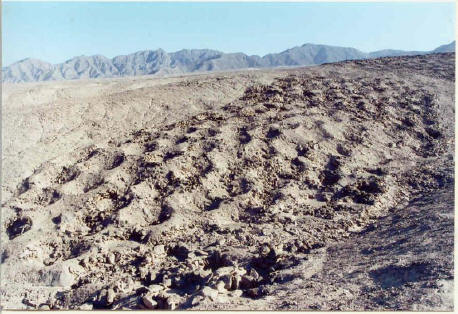As children Maurice Baring and his brother Hugo invented a gibberish language in which the word for yes was Sheepartee and the word for no was Quiliquinino. This grew so tiresome to the adults around them that they were eventually threatened with a whipping:
The language stopped, but a game grew out of it, which was most complicated, and lasted for years even after we went to school. The game was called ‘Spankaboo.’ It consisted of telling and acting the story of an imaginary continent in which we knew the countries, the towns, the government, and the leading people. These countries were generally at war with one another. Lady Spankaboo was a prominent lady at the Court of Doodahn. She was a charming character, not beautiful nor clever, and sometimes a little bit foolish, but most good-natured and easily taken in. Her husband, Lord Spankaboo, was a country gentleman, and they had no children. She wore red velvet in the evening, and she was bien vue at Court.
There were hundreds of characters in the game. They increased as the story grew. It could be played out of doors, where all the larger trees in the garden were forts belonging to the various countries, or indoors, but it was chiefly played in the garden, or after we went to bed. Then Hugo would say: ‘Let’s play Spankaboo,’ and I would go straight on with the latest events, interrupting the narrative every now and then by saying: ‘Now, you be Lady Spankaboo,’ or whoever the character on the stage might be for the moment, ‘and I’ll be So-and-so.’
“Everything that happened to us and everything we read was brought into the game — history, geography, the ancient Romans, the Greeks, the French; but it was a realistic game, and there were no fairies in it and nothing in the least frightening. As it was a night game, this was just as well.”
(From his Puppet Show of Memory, 1922.)




